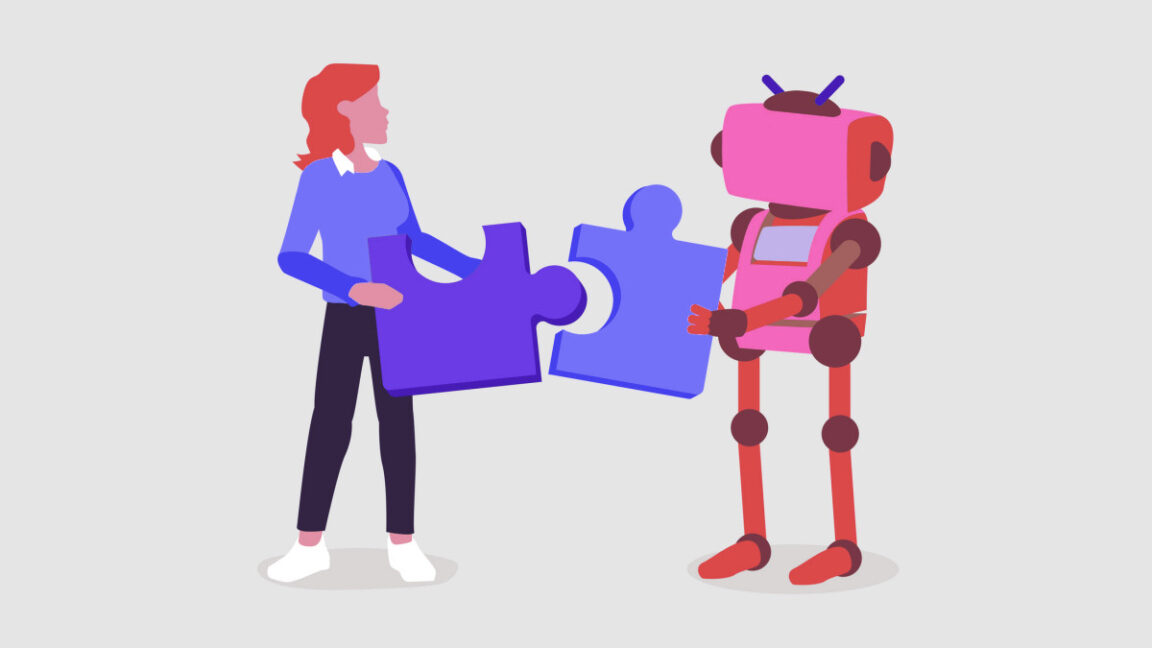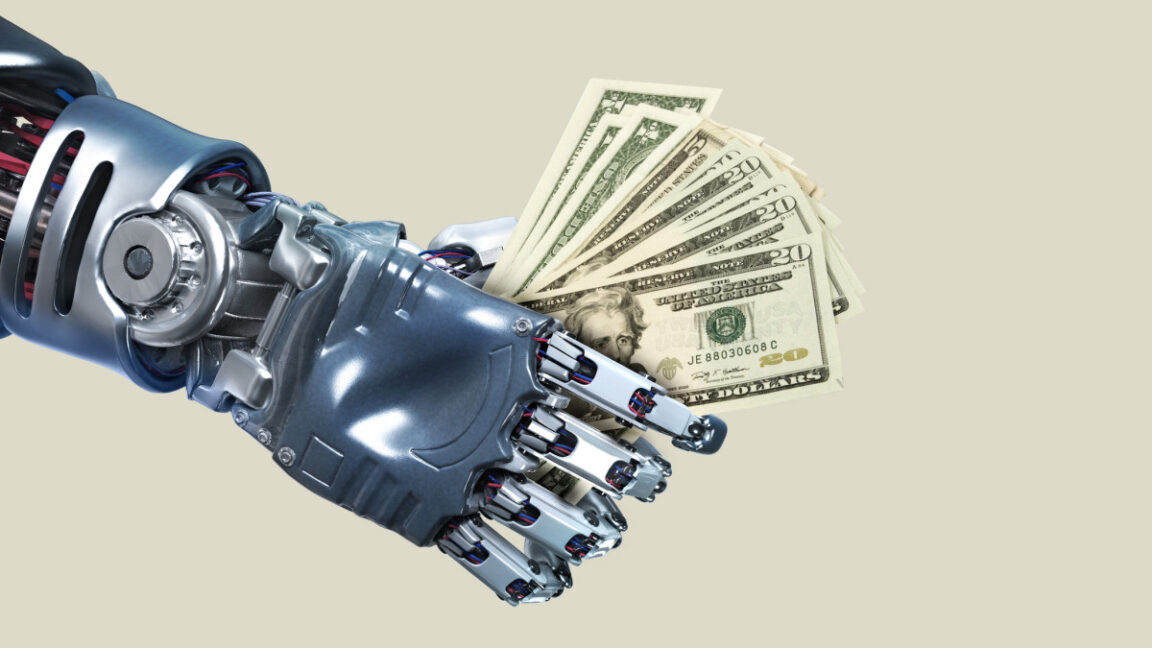The GPT-5 Rollout Challenge: Navigating User Dissatisfaction

The launch of OpenAI's new GPT-5 AI model has been anything but smooth, sparking significant user dissatisfaction and forcing a public apology from CEO Sam Altman. Central to the controversy was OpenAI's decision to remove access to previous AI models in ChatGPT, an unexpected surprise for many users.
Previously, ChatGPT Pro users could choose from nine different AI models, including Deep Research. Sadly, with the arrival of GPT-5, this changed overnight, leaving many users distressed and without their preferred models. This surprise sparked debates on social media platforms, with Reddit threads gaining traction as users expressed their frustrations.
The forced transition presented a significant obstacle for many, as individual workflows had been meticulously tailored around specific AI models. Users quickly flocked to platforms like Reddit to express their concern, describing GPT-5 as less capable for certain tasks compared to its predecessors.
Adding fuel to the fire, OpenAI's launch presentation of GPT-5 was criticized for misrepresenting performance improvements—dubbed a 'chart crime' by frustrated users. The model also suffered from routing issues, defaulting to less capable variants unless prompted otherwise.
Beyond technical issues, users noted a glaring difference in the quality and tone of responses from GPT-5, which were shorter and more robotic than those from previous models. This drastic change felt like a severing of deeply valued connections, with some users mourning the loss of what they felt was their only source of companionship.
The backlash prompted OpenAI to reconsider its approach. In response to user outcry, Altman announced plans to bring back previous models for Plus users and double the rate limits for GPT-5. Despite these efforts, GPT-5 remains the only available model for ChatGPT users, putting pressure on OpenAI to make further changes.



